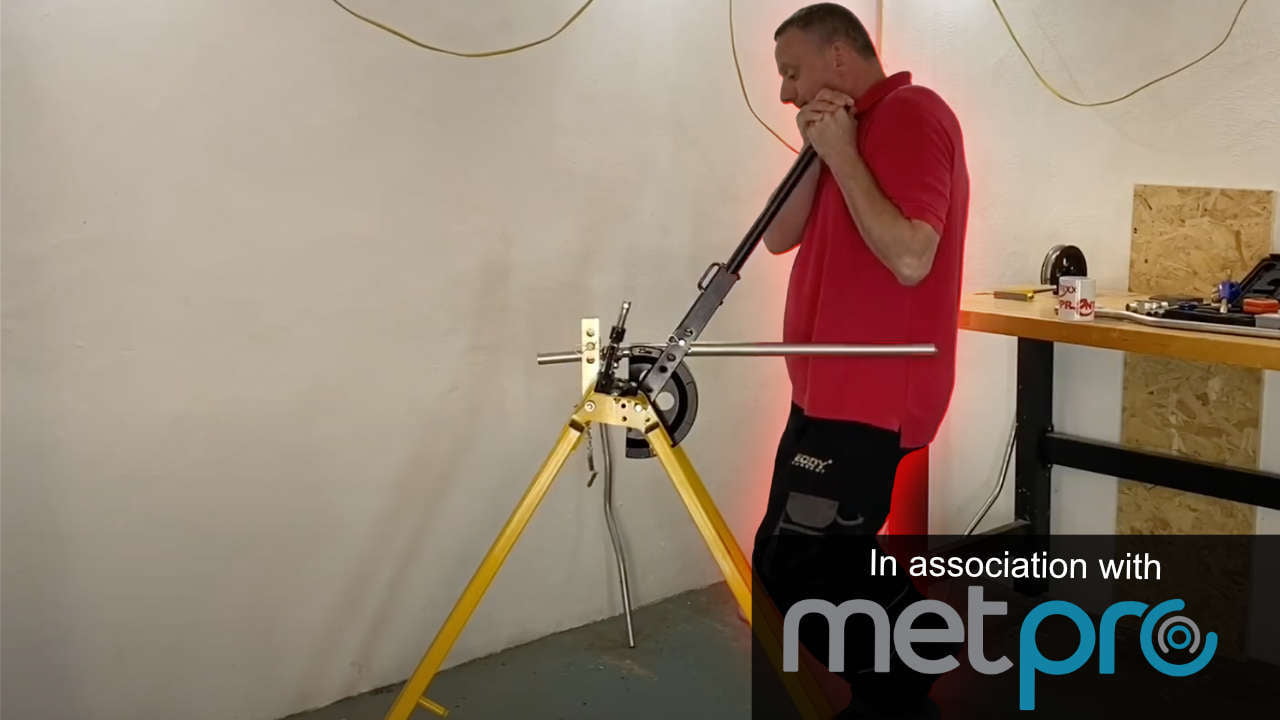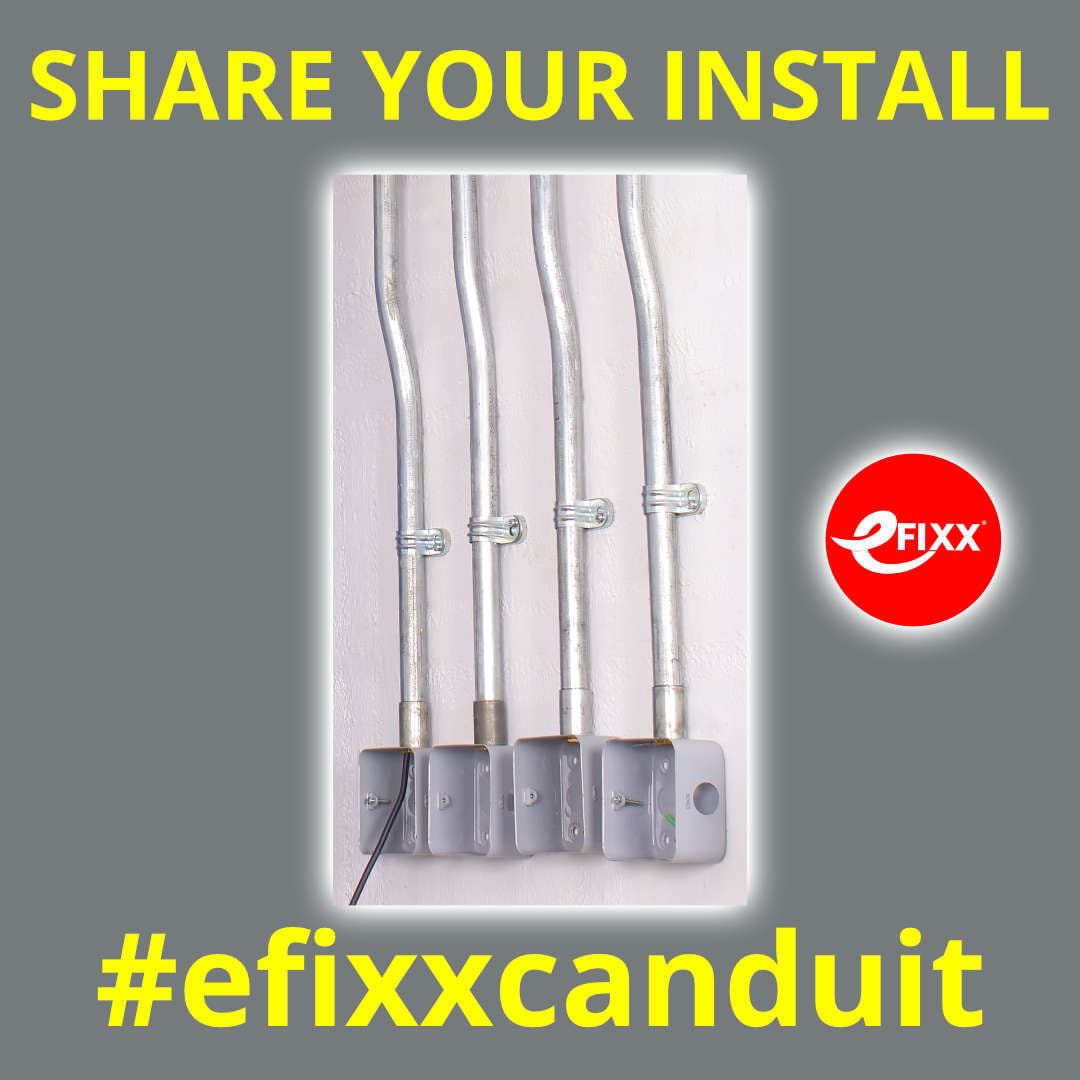Conduit installation hints and tips

Bigger conduits need more power
Conduit running couplers
Once you've formed a conduit running coupler, you'll need to restore the galvanised coating. Here are some tips on using a galvanising spray. Also useful if you damage the galvanised layer during conduit system assembly.
Marking up a conduit bending machine.
Adding a few useful marks to the conduit forming guides can save time and ensure you achieve perfect angles time after time.
The conduit bend all apprentice electricians need to know!
If you are taking an AM2S endpoint assessment, this is an essential metal conduit bending technique. This assessment brings together all of the conduit bending and threading techniques - Good luck!


